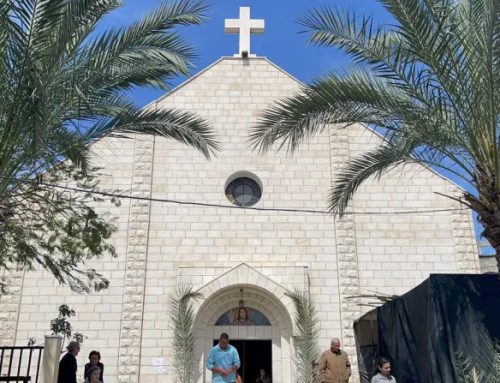On May 6 in Damascus, Syria, barefoot, as all other pilgrims who enter the sacred place of Muslim worship, John Paul II will visit the splendid Umayad Mosque, in whose interior there is a chapel dedicated to St. John the Baptist, where a relic of Christ’s precursor was once housed. On May 6 in Damascus, Syria, barefoot, as all other pilgrims who enter the sacred place of Muslim worship, John Paul II will visit the splendid Umayad Mosque, in whose interior there is a chapel dedicated to St. John the Baptist, where a relic of Christ’s precursor was once housed. Muslims also consider the prophet a saint. The Pontiff will enter the courtyard of the mosque to meet the Grand Mufti. On Sunday, Greek-Melkite Archbishop Isidore Battikha, who is helping to coordinate preparations for the papal visit in Damascus, published the historic news. The visit to the Umayad Mosque will be the occasion to appeal for sincere dialogue with Islam, in memory of the decades from 636 to 705 in which in this place, the Christian Church dedicated to the Baptist, was shared with Muslim worshippers, before it was replaced by the grand mosque. Just this fact alone will make John Paul II’s trip to Damascus historic. The Pontiff will arrive in this city, continuing his pilgrimage in St. Paul’s footsteps, as announced in June 1999. The trip will also be full of ecumenical connotations because, in addition to the Syrian capital, the Pope hopes to go to Ur, Malta and Athens, Greece.





